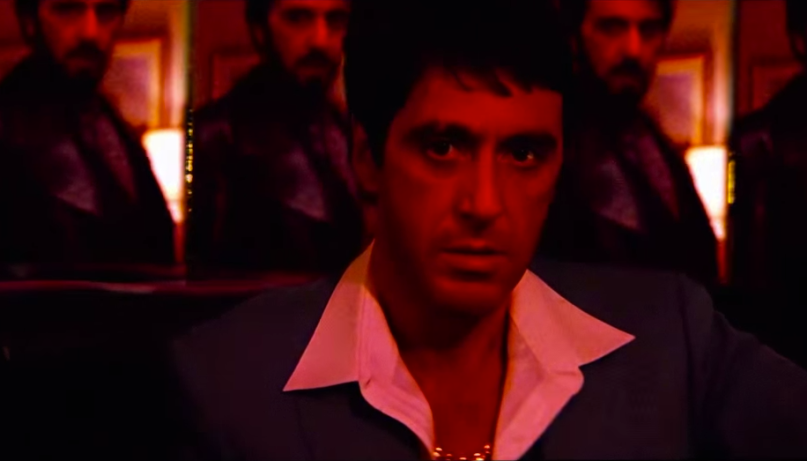“Every week we highlight a movie with outstanding sound, whether that’s for it’s importance to cinematic history, it’s creative use of sound or the sheer audio enjoyment factor of the film. Some might be obvious but we’ll be unearthing hidden gems too.”
The Conversation (1974)
© 2003 Paramount Pictures
We kicked off February with one of the finest Hollywood thrillers of the 70s: The Conversation (1974) - written, directed and produced by Francis Ford Coppola.
It won the Palme D'Or in Cannes that year and only lost the 1975 Best Picture and Best Writing Oscars to The Godfather Part II, the other Coppola movie in contention in that year. The film follows the life of surveillance expert and lone wolf Harry Caul (Gene Hackman), in his attempts to solve an assignment he is working on. Its about social detachment; the increasingly relevant issue of surveillance in modern societies; and its about really listening as opposed to just hearing. All throughout the movie sound is used as a running commentary on what is going on in the mind of our secretive and increasingly isolated character. Sound is so central to this movie in many layers that we could consider it a character. Without giving anything away, the whole movie revolves around one line of dialogue that sound genius Walter Murch captured on set whilst recording wild tracks for post production. The Conversation is a brilliant example of the power that sound has in influencing what we see.
Barton Fink (1991)
© Twentieth Century Fox
The Cohen brothers are releasing this month. Hail, Caesar! starring George Clooney was opening the 66th Berlinale yesterday. This week's #DesignedForSound movie is Barton Fink (1991). Outstanding at storytelling, the Cohens have understood and exploited the subtle power of sound as a narrative device like very few director/writers in history. They also strongly believe in early collaboration with and between their music and sound departments, something unfortunately rare in the fast-paced budget-ridden film industry. Barton Fink is about a playwright who suffers a creative impasse as he moves from New York to California to write for the movies. His naivety combined with a failure to understand people and be understood drive the events. The whole film is presented through his perspective and therefore all we see and hear is rarely what is expected and often something deeper. Composer Carter Burwell and Supervising Sound Editor Skip Lievsay sat down and spotted the film together. Scene by scene they discussed who would take care of what and how. They came up with a scheme where they would share the frequency spectrum so if sound was focusing on lower/bassy content the music would play higher notes and so on. The result is a faultless, smooth, coherent and interesting soundtrack, and a massively entertaining film.
No Country For Old Men (2007)
We continue with the Cohen's because their work ethic is exemplary. No Country For Old Men (2007) - easily on our top 10 favourite films. So much to say about this flick so we'll (try and) keep it simple. Based on the book of the same name by Cormack McCarthy, NCFOM is a crime thriller/ drama/ western/ horror/ comedy/ noir/ road trip/ Cohens-style movie, set in the arid Texan borderlands. A drug deal gone wrong leaves a stash of cash that sets off a triangular chase between a Vietnam war veteran that finds it (Brolin), a mightily scary hitman (Bardem) and a soon-to-be retired sheriff (Jones). The soundtrack to NCFOM is an exercise in restraint. All the elements from Foley to backgrounds, to fx, to dialogues are dancing around moments of silence. There are a mere 11 minutes of composed music, so subliminal (drones from tibetan singing bowls) that you barely notice it. Suspenseful, incredibly dynamic, sparse and rich in detail, the mix is a pleasure ride to the ears. There isn't much dialogue either but it's sharp, full of meaning and delivered with strong accents -very Cohens. Not a wasted or boring scene here. From the opening voice over, delivered in deep rugged texan by Tommy Lee Jones, layered upon shots of deserted landscapes and dry whispy winds, you know it's going to be a good one.















